Product Development
In a world of rapidly accelerating technologies, everything is smaller, faster, smarter but also hotter, unless cooling solutions evolve apace.
See below for images and detailed description of ThermAvant Technologies’ AS9100D/ISO9001 certified product development processes. Or, learn more about our team, facilities, or quality management certifications.





Product Development Process
We deliver our services as ‘design reviews’ that progress chronologically as a new product develops from an initial concept to a repeatedly ordered part number. Design reviews may involve computer aided drafting, analytical solutions, finite element modeling, or hardware demonstration and analysis. Our design reviews progress from start to finish as follows:
+ Preliminary Design Reviews
New customers often start their relationship with ThermAvant Technologies by entering a design, engineering, and analysis contract. It typically takes three to six weeks to complete a preliminary design review (or PDR) that includes thermal-mechanical analyses, models, and simulations of different design solutions. Then, customers decide which design to manufacture, test, and qualify for integration into their real-world systems.
Existing customers looking to develop new products should first order a PDR to fully understand the feasibility and impact of different design options on their thermal, mechanical, and economic objectives before committing to a specific design or technical approach.
+ Manufacturing Readiness Reviews
After customers commit to building a specific design from the PDR, ThermAvant completes a manufacturing readiness review (MRR) that starts when our engineers draft mechanical and interface drawings to satisfy the customers’ specifications and requirements. ThermAvant typically provides a list of the materials and processes (M&Ps) used in the production of the to-be-developed hardware. Many customers also hire ThermAvant to build design verification test (DVT) rigs to empirically test the single- or two-phase hardware under a range of powers, temperatures, or other conditions. MRR is typically completed when the customer signs off on drawings for the hardware in a release for manufacture (RFM, or authorization to proceed).
+ Test Readiness Reviews
Once the new hardware is built but before it is tested in the DVT rig, ThermAvant performs extensive evaluation of hardware vis-à-vis the specifications and predictions from the PDR and MRR. This work is summarized in a test readiness review (TRR). Conformities (and any non-conformities) are reported to the customer, along with a summary of the yields of the different M&Ps used to produce the hardware. When building new heat pipes or oscillating heat pipes, a solid 'control' unit is typically built and tested in the DVT rig to calibrate the set up. It typically takes 8 to 14 weeks to go from PDR through TRR, depending on the complexity of the part and the quantity of the first articles produced.
+ Critical Design Reviews
Once initial hardware is designed, built, and tested, ThermAvant summarizes actual results to predictions in a critical design review (CDR). The CDR typically includes detailed analysis of empirical thermal-mechanical testing across the full range of specified conditions. Concurrent with the delivery of initial hardware, many customers order a first article inspection (FAI) to ensure the produced unit’s geometries, dimensions, and tolerances (GD&T) all are within the requirements from the PDR and MRR. With delivery of initial hardware and this CDR, customers can then decide how to best proceed, with either a qualification phase (e.g., extensive environmental and reliability testing) or directly entering the production phase.
+ Qualification Reviews
For new products released into military or aerospace applications, it is common for customers to conduct extensive environmental and reliability testing. Qualification reviews summarize the results of shock/vibe, proof/burst pressure, thermal vacuum testing, variable gravity testing, accelerated aging, non-condensable gas analysis, drop-testing, and much more. These reviews often involve testing done at ThermAvant as well as at third-party or customer sites, which ensures that the results comply with specific military standards or customer requirements. Typically, qualification reviews are the last element of the non-recurring design process, and they lay out the exact materials necessary and the processes to follow in subsequent production phase hardware deliverables.
+ Final Data or Pre-shipment Reviews
When production phase hardware is delivered to customers, a final data review (FDR), or pre-shipment (PSR), is often required either with the first unit or with a percentage of all units, depending on the customer’s specified sampling rate. An FDR typically requires a more detailed thermal-mechanical inspection than that of the other production units. For example, all production units will be subjected to a mechanical or GD&T conformance report, including a leak and proof pressure test as well as a ‘thermal light-up’ test. However, units that are included in the FDR will have a more complete thermal-mechanical analysis performed (e.g., multi-point thermal testing or mechanical FAI).
